
It is hard to believe - but the Mobile Internet Resource Center is turning ten years old this month!
We started the Mobile Internet Resource Center to complement our book, The Mobile Internet Handbook.
We launched an IndieGoGo pre-sale campaign in 2014 to fund us devoting time and resources to a massively expanded second edition of the book.
The stretch goal for the campaign was "some sort of membership site" to go along with the book. This would help us turn tracking mobile internet options into more of a business, rather than just something we covered personally (and sporadically) on our travel blog, Technomadia.
Our community blew us away with support - and RVMobileInternet.com was launched that September with a membership forum, member newsletter, and a public news site.
We started specifically focused on the RV community, and later morphed to including boaters too as we got our own feet wet and began spending at least half our year living on the water.
MIRC has been growing ever since.
Back when MIRC launched - 4G/LTE cellular was just starting to emerge, and the carriers had very patchwork coverage maps. Satellite internet was an expensive and hard-to-use niche option, and many nomads still relied on public Wi-Fi sources that typically underdelivered.
Equipment-wise - there were just a couple of mobile hotspot devices, a few cellular booster options, and a handful of Wi-Fi repeating products to track.
Travels used to have to be carefully planned around connectivity – and RVers more often than not struggled to keep connected.
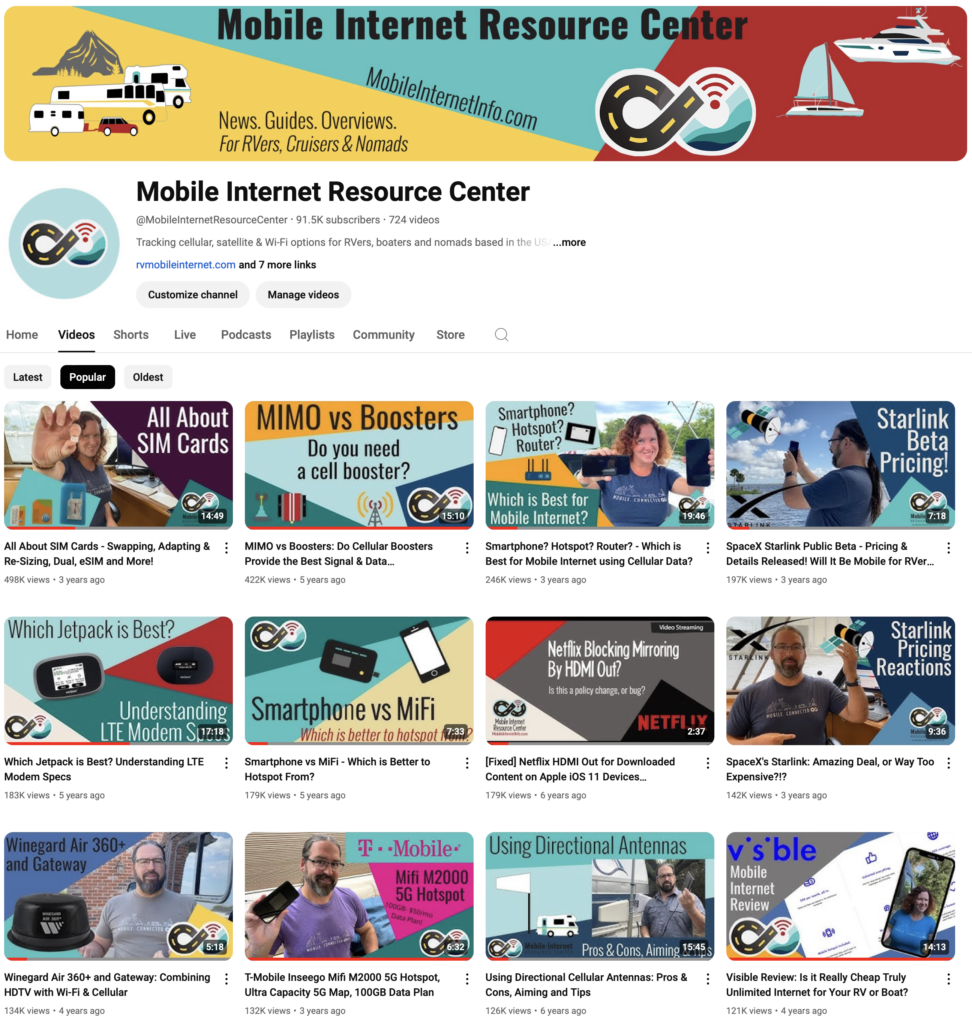
Tracking mobile internet seemed like it should be an easy part-time hobby business for us! HAH!
In the past ten years, we’ve seen a massive revolution in mobile connectivity.
We are now in an era of abundant 5G cellular coverage across the nation, and with the addition of Starlink satellites - it is now possible for an RVer or boater to stay connected just about anywhere.
While it’s easier than it ever has been to keep connected on the go, the sheer number of options can make it more complex than ever to figure out how to assemble a personalized mobile internet solution.
Here at MIRC - our goal has been to help our community navigate through whatever connectivity challenges they face.
We have published 1,183 news stories, track 331 unique products in our Gear Center, keep 118 educational guides constantly updated, created 724 YouTube videos, and there are well over 5,000+ threads of discussion in our private member forums.
To commemorate ten years - here is a look back at ten of the most memorable and/or impactful mobile internet stories of the past decade that have shaped how nomads keep connected.
And if you are tempted to join to support us in our second decade (we are not reliant on sponsors, affiliates or advertising!) - be sure to read to the end for a special 10th anniversary membership special too!
Table of Contents
MIRC Celebrates 10 Years Video
Cellular Evolution: 3G ➡ 4G ➡ 5G
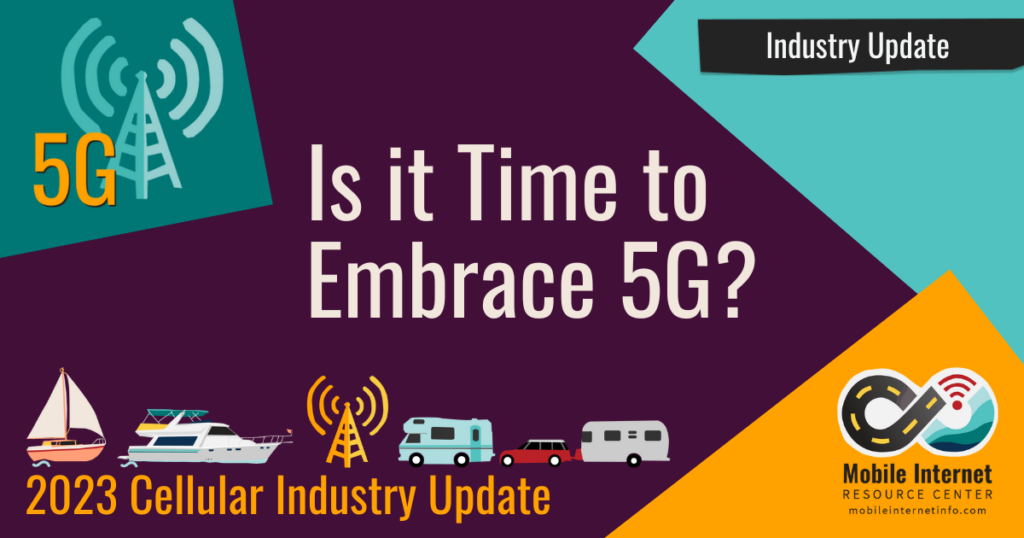
It is crazy that when we first launched MIRC, we were still in the midst of the transition from 3G to 4G cellular technology.
Verizon and AT&T were the kings, Sprint was the third most compelling network for nomads, and T-Mobile was the scrappy underdog without much to offer.
Now we are deep into the 5G era.
And when it comes to 5G - T-Mobile is dominant (and has devoured Sprint to become so), and Verizon and AT&T are now the carriers playing catchup.
The last of the 3G networks have been phased out along the way - and Dish network is stumbling forward attempting to become the new nationwide 4th carrier, perhaps someday actually becoming the new scrappy underdog out to keep the giants on their toes.
It has been a wild ride to watch so much technological change - and we have done our best to explain just what the real benefits (and downsides) are of each new cellular generation.
For a big picture look, check out these links:
- A Decade Connected: A Look Back At The Evolution Of Mobile Internet for RVers and Cruisers
- Cellular Evolution: 2G Thru 5G, And Beyond!
- Current Cellular Industry Guidance: 5G is Increasingly Worthwhile For RV & Boat Mobile Internet Solutions
The Millenicom Meltdown
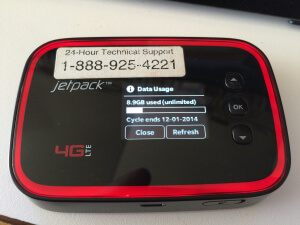
When we launched the Mobile Internet Resource Center, by far best data plan readily available for RVing nomads was a 20 GB/mo hotspot plan on Verizon's network for $80/mo - offered by reseller Millenicom. We had already covered Millenicom for years as our own personal Top Pick solution at Technomadia.
Back then - 20 GB was an abundant amount of data!
But in October 2014 - with very little warning - Verizon pulled the plug on Millenicom.
People scrambling to find information and alternatives to Millenicom resulted in an explosion of traffic at MIRC - and we scrambled ourselves to keep on top of the twists and turns as the saga unfolded.
We established our reputation by having the most comprehensive information around just what was happening with Millenicom (including some juicy behind-the-scenes info revealed only to members), and by steering people to workable alternatives.
This (and the gUDP described below) are the stories that happened at the exact right time to help MIRC establish itself as a needed resource for anyone who needed ample data on the go.
The Amazing Verizon gUDP (Grandfathered Unlimited Data Plan)
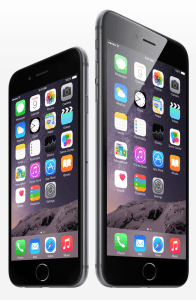
Back in the 3G smartphone era, Verizon offered a truly unlimited data plan. They retired it in 2011, but grandfathered in existing customers.
This "gUDP" plan could be moved from a smartphone into a hotspot - giving the hotspot truly unlimited data.
It was considered the holy grail of mobile internet a decade ago.
As Verizon's network blossomed into the 4G/LTE era, these legacy grandfathered plans from the 3G era became extremely valuable.
Back then, the plans could be easily transferred to new owners under a process called AOL (assumption of liability, not America Online). At one point, these plans were selling for thousands of dollars on eBay.
When the iPhone 6 launched in 2014 - there was an ordering glitch that allowed anyone with an existing gUDP to order iPhones on new lines of service that also kept this legacy plan, effectively spawning new lines.
Some people turned this glitch into a business - buying dozens of subsidized iPhones (with two year contracts), then selling the iPhones and data plans separately.
This glut of plans tanked the price of legacy gUDP plans and flooded the market with Verizon unlimited data offerings. It got to the point that some resellers literally ended up paying people to take plans (and the attached two year contracts from buying the phones) off their hands.
Our articles on navigating the complex process of acquiring (and keeping) Verizon gUDP lines eventually became the subject of a novel-length guide, one of our first in-depth members-only resources here at MIRC.
Verizon relatively quickly shut down the ability to move gUDP lines to new owners at all - (mostly!) ending the grey market shenanigans.
But many old time nomads (us included) still treasure their Verizon gUDP SIM cards, which still continue to work well over a decade later at full un-throttled 5G speeds, despite occasional rounds (that we tracked) of Verizon moving to shut some owners of these lines down.
There have been many other times in the years since the gUDP spawning craze when we have sent out alerts letting our members know when it was wise to jump on plan deals that were "too good to be true" while they had the chance.
For an always updated list of the current best offerings, check our constantly updated guide here:
The Best Cellular Data Plans for RVers & Cruisers
Cellular Routers Eclipse Hotspots
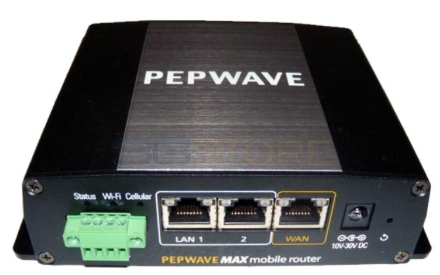
A decade ago mobile hotspot devices were the only alternative to using the personal hotspot feature on a phone to get other devices online. But hotspots had, and continue to have, limited functionality in a robust redundant mobile internet setup.
Cellular-integrated routers offered more capabilities than hotspots - but even they were typically optimized for just a single carrier.
But in 2015 we began testing an updated "Universal" version of the Peplink MAX BR1 router with two SIM slots and an integrated modem that could connect to all of the major carriers.
And while pricier than a hotspot device, the router was priced affordably to make it worth consideration for many consumers like RVers.
Suddenly it was practical to have a cellular-integrated router serve as the hub of a mobile connectivity arsenal - and over time this sort of solution gradually became more and more practical.
Here at MIRC, we have covered all the cellular routers that have any potential appeal for our nomadic audience, but Peplink routers have always stood out for striking a balance between advanced features and ease of use.
Cellular routers have gotten ever cheaper and more capable - and now for most use cases, they are a smarter choice than a hotspot.
But there is still plenty of complexity to navigate to figure out the best options!
Some key links:
- Selecting an RV or Boat Mobile Router for Cellular, Wi-Fi and Satellite Integration
- Peplink Resource Center
- Cellular Data Devices & Networking Gear & Reviews
Cellular Boosters Stagnate
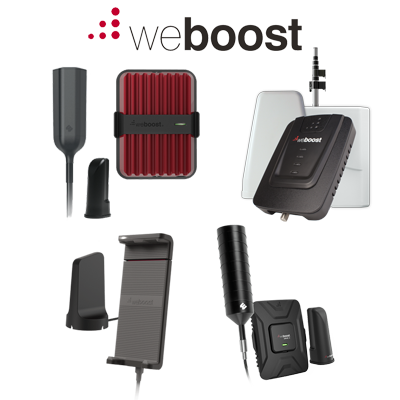
In the early days of MIRC, cellular signal boosters tended to be considered an essential part of a mobile internet arsenal - often delivering a critical improvement to help keep connected in fringe areas.
The oldest story posted here on MIRC (May 6th, 2014 - a story migrated from Technomadia.com) was about the upcoming new FCC regulations that would legitimize LTE cellular boosters.
But over the years - boosters have become less and less relevant.
Particularly when it comes to prioritizing a data connection - boosters rarely help and often hurt when it comes to 4G and 5G performance.
The key to understanding why boosters are less relevant today is to understand the importance of MIMO (multiple-in / multiple-out) to modern 4G and 5G devices - which use multiple antennas to improve cellular capabilities.
Boosters and MIMO tend not to co-exist well - making boosters an expensive relic of the 3G era that only rarely are worth deploying, especially if you have the capability to use external antennas instead.
To learn more:
- Understanding & Optimizing Cellular Data Performance
- Understanding MIMO (Multiple Input, Multiple Output)
- Mobile Cellular Boosters for RV & Boat Internet
The Increasing Irrelevance of Wi-Fi
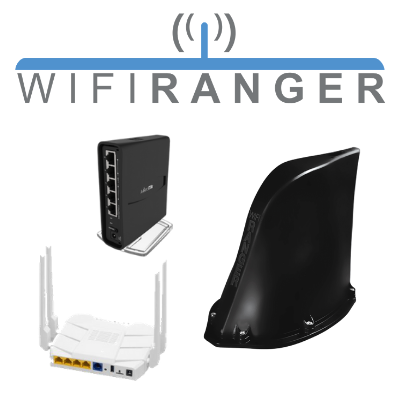
Connecting to campground or marina Wi-Fi used to be one of the most important ways to keep connected.
And this made gear that helped you get connected to Wi-Fi from further away absolutely invaluable.
The leader in long-range WiFi-as-WAN technology was WiFiRanger - and we exhaustively covered every new product and software update from WiFiRanger and other WiFi providers here at MIRC.
But over time cellular kept getting better and better, and campgrounds and marinas were slow to invest in upgrading their Wi-Fi infrastructure.
Why bother investing in gear to connect to an overloaded and underperforming Wi-Fi network from further away, if cellular could get you what you needed without nearly as much fuss?
As cellular (and now Starlink) became more prevalent - specific long range Wi-Fi gear has stagnated.
Our old favorite WiFiRanger eventually ended up merged into Winegard in 2020, and new updates and products have been slow to emerge ever since.
Relevant Guides:
The Return of Unlimited Data: The Mobley, pUDP & More...
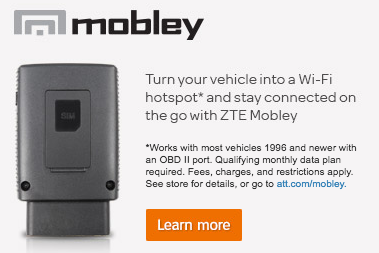
We had thought for a while that unlimited data plans had gone extinct - but in 2017 unlimited was back on the menu as all of the carriers launched unlimited smartphone plans.
And then they started to dabble with unlimited data only plans suitable for hotspots and routers too.
Here's some notable plans we tracked:
- AT&T Mobley / Connected Car - By far the best deal in the history of mobile internet was the AT&T Mobley for just $20/month. The Mobley was a "Connected Car" device designed to plug into the dash of most modern vehicles, giving passengers unlimited AT&T 4G data while underway. But the Mobley SIM would also worked in other routers too - and we steered many people towards the Mobley as an incredible data option up through 2018 when AT&T shut the plan down for new subscribers. Those who got those lines then are still enjoying unlimited LTE data for just $20/month, with no video throttling.
- AT&T Unlimited Plus - AT&T also launched an unlimited hotspot data line that could be added to smartphone lines for just $20/month - this was available up until mid-2018 when they grandfathered the plan. Consumers have seen slight price increases on these lines of service over the years, but they remain a great deal for those who grabbed them.
- AT&T / Togo - During their experimentations with unlimited data, AT&T also partnered with Thor's Togo offering (based on the Winegard ConnecT rooftop dome) offering a year of unlimited data to RVers for just $360/year. But after a year, they discontinued the offering with no grandfathering, leaving many who purchased & installed the equipment feeling abandoned.
- Verizon pUDP - The other legendary data plan that emerged during this era was the Verizon prepaid unlimited hotspot plan (pUDP) - which offered unlimited data on Verizon's network for just $65/mo. This plan was available from November 2018 until May 2019, and transfers to new owners remain highly sought after even today.
We tracked all of these stories, and more, over the years at every twist and turn - and we sent out lots of last minute critical reminders to our members to secure these plans before they went away.
Today, many of our long time members still enjoy these coveted plans we helped them snag.
While no cellular carrier currently offers a truly unlimited data plan for data only devices (without speed caps), there have of course been many other unlimited plans that have come and gone from 3rd party resellers.
Track all of the latest with these resources:
- Top Pick Cellular Data Plans for RVers and Cruisers
- Selecting Cellular Data Plans for Peplink & Other Routers
- Getting Lots of Cellular Data: Unlimited and High Cap Cellular Data Plans
- Considerations for Selecting Cellular Data Plans for RV & Boat Mobile Internet
Bonding Goes Mainstream
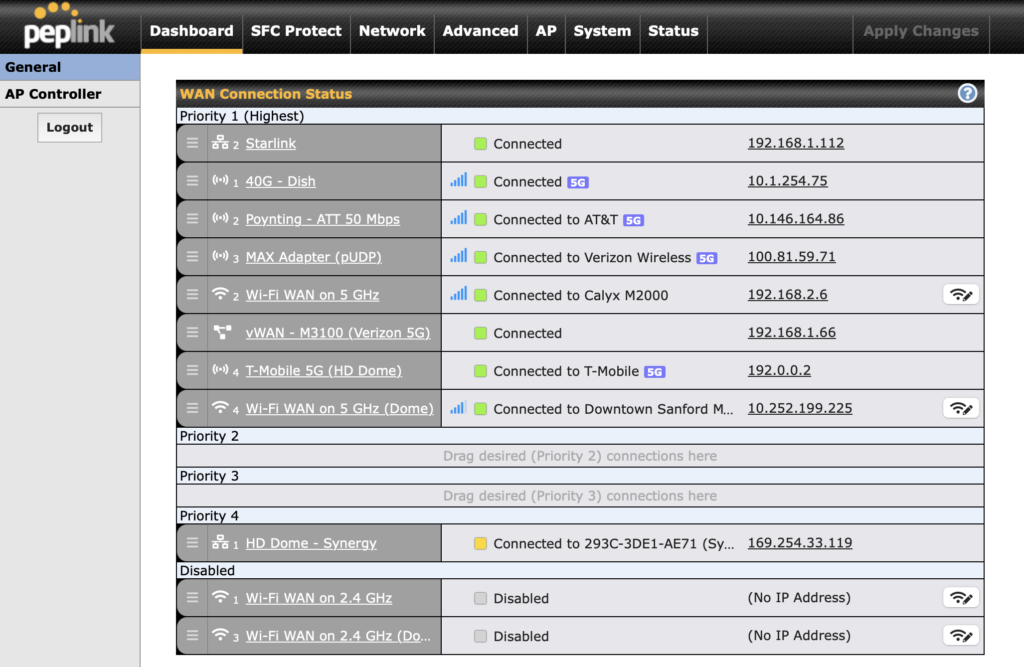
Bonding together multiple connections for increased reliability and performance used to be something only the most geeky users would attempt.
Imagine - combining multiple mobile internet connections like AT&T, Verizon, T-Mobile, Starlink, public Wi-Fi, and more - all at once!
When it is working right - it can make you mostly immune to glitches and drops, an essential thing for many of those working online, particularly via video chat.
Most bonding options used to be priced way out of reach of normal users - but Peplink revolutionized things when it introduced a new PrimeCare pricing model along with an update to the dual-modem MAX Transit Duo in 2019.
This new pricing model really changed the game - as we wrote at the time:
And if you are interested in bonding - Peplink used to charge a one-time $1,200 license fee to enable SpeedFusion bonding on the Transit Duo.
A MAX Transit Duo with SpeedFusion would have cost $1,899 + $1,200 = $3,099 a week ago. Now with PrimeCare, you can get the same capability for $799, or $999 with substantially upgraded modems! And if bonding becomes indispensable for you it will cost just $199/year to keep that feature enabled - or nothing at all ongoing if you don't need it.
Setting up bonding was still beyond most users - we even wrote up a tutorial showing our members how to build their own cloud-hosted virtual servers to do this.
But in 2020, Peplink began offering SpeedFusion Cloud service that could be configured with just a click - at last making bonding approachable for everyone.
To understand more about bonding (and SpeedFusion), dive into these links:
- Combining Internet Connections: Bonding, Load Balancing & Auto Failover
- Peplink SpeedFusion Connect for RVs & Boats (Bonding)
The Covid Work From “Home” Explosion

When the pandemic hit in 2020 we braced our team for lean times as lockdowns ground all travel to a halt.
But as so many companies transitioned to "work from home" and people began to realize that "home" could be anywhere - suddenly the RV and boating industries exploded.
It turns out - more people than ever before were looking for a way to get reliably connected from the middle of nowhere.
Supporting the influx of new MIA members at MIRC, along with tracking the rapidly emerging new era or satellite and 5G - nearly burnt us out to the point that we were tempted to pull the plug just to preserve our own sanity.
But instead, with the help of our team, we managed to transition MIRC into a sustainable form that is ready to serve our communities for the long haul.
There are now eight of us on the MIRC team - and this really has become a team effort.
The Ascendance Of Starlink
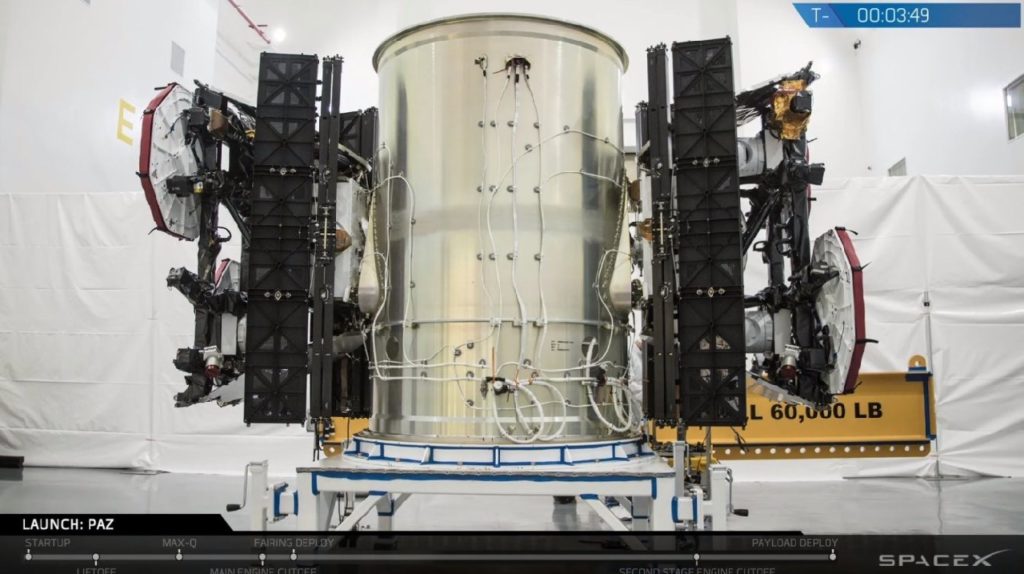
And finally, no wrap-up of the past decade of Mobile Internet news could skip over Starlink.
We have been tracking Starlink since January 2015, before the name had even been chosen - and well before the first test satellites launched in 2018.
In the years since - Starlink has exploded in both popularity and capability, and we have covered every step of this evolution.
Here are some of the key links to keep track of what Starlink is up to:
- Mobile Satellite Internet for RVers & Boaters – Early 2024 Update: Starlink, Kuiper, Direct To Cellular, and Beyond!
- SpaceX Introduces New Crazy Fast Starlink Ludicrous & “Plaid” Service Tiers
Tenth Anniversary Membership Sale

First off, to commemorate this milestone - we have converted our remaining decade long founding members who funded us during the initial IndeGoGo campaign into lifetime memberships.
MIRC simply would not exist without their original support.
And then to celebrate the 10th anniversary of MIRC, we are offering a special 10% off discount off new MIA+ memberships through September 15, 2024. Just use discount code 'Happy10th' at checkout for either our MIA+ or MIA+ Advising membership.
MIRC is committed to remaining an unbiased mobile internet resource for our RVing and boating communities - relying primarily on membership funding to make that possible.
Our membership has grown over the years to include benefits like in-depth educational content, interactive guidance in our forums & webinars, vendor discounts (that can now save you more than the cost of membership), alerts, newsletter, classrooms, hands on testing notes and product reviews.
For more information on what an MIA membership offers, click here.
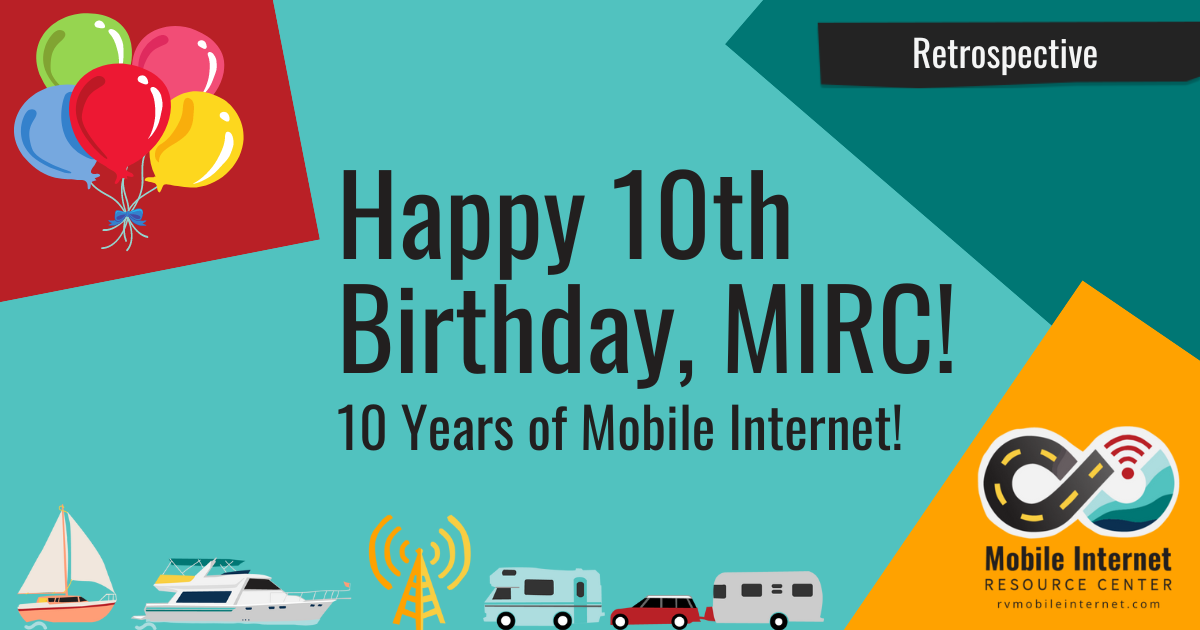






 Mobile Internet Resource Center (dba Two Steps Beyond LLC) is founded by Chris & Cherie of
Mobile Internet Resource Center (dba Two Steps Beyond LLC) is founded by Chris & Cherie of